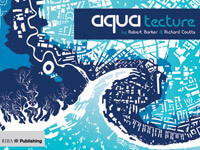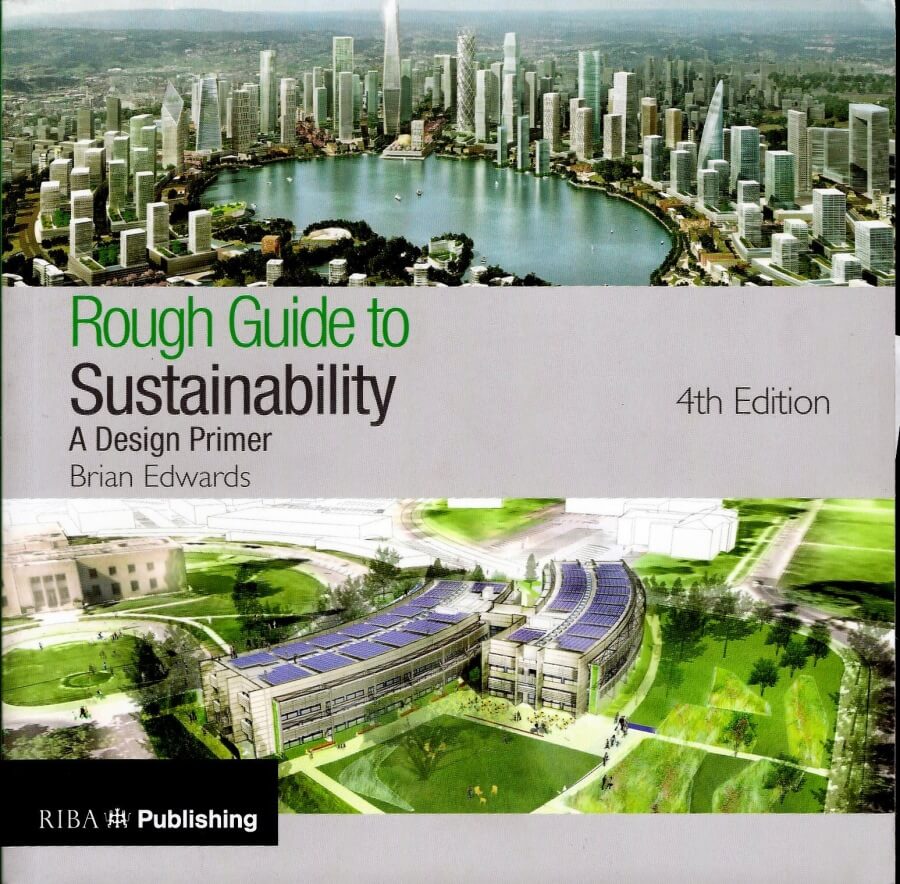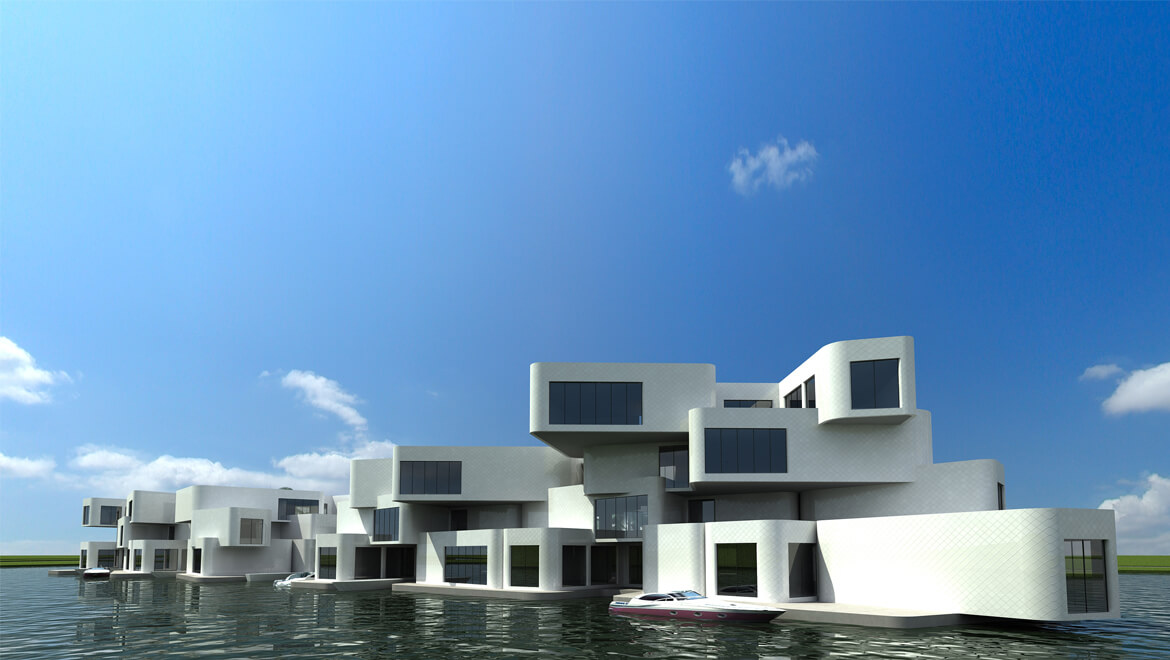AquaTecture, Buildings and cities designed to live and work with water
By Robert Barker & Richard Coutts
RIBA Publishing
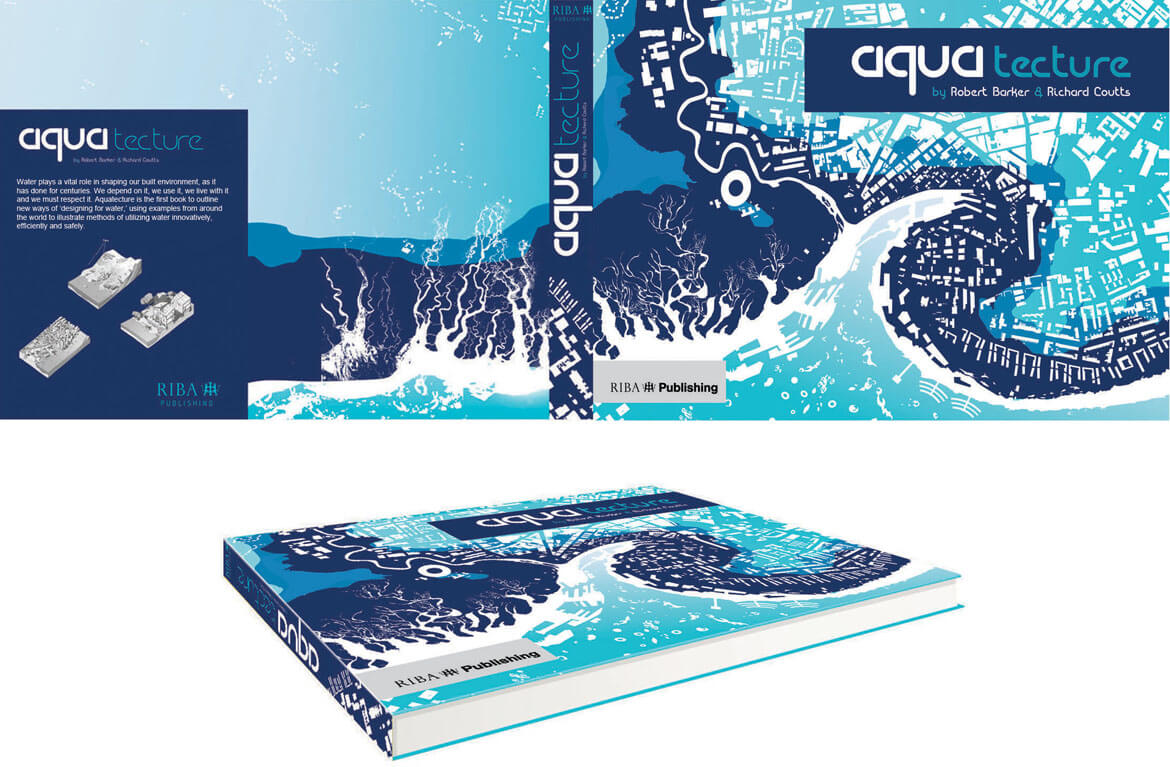
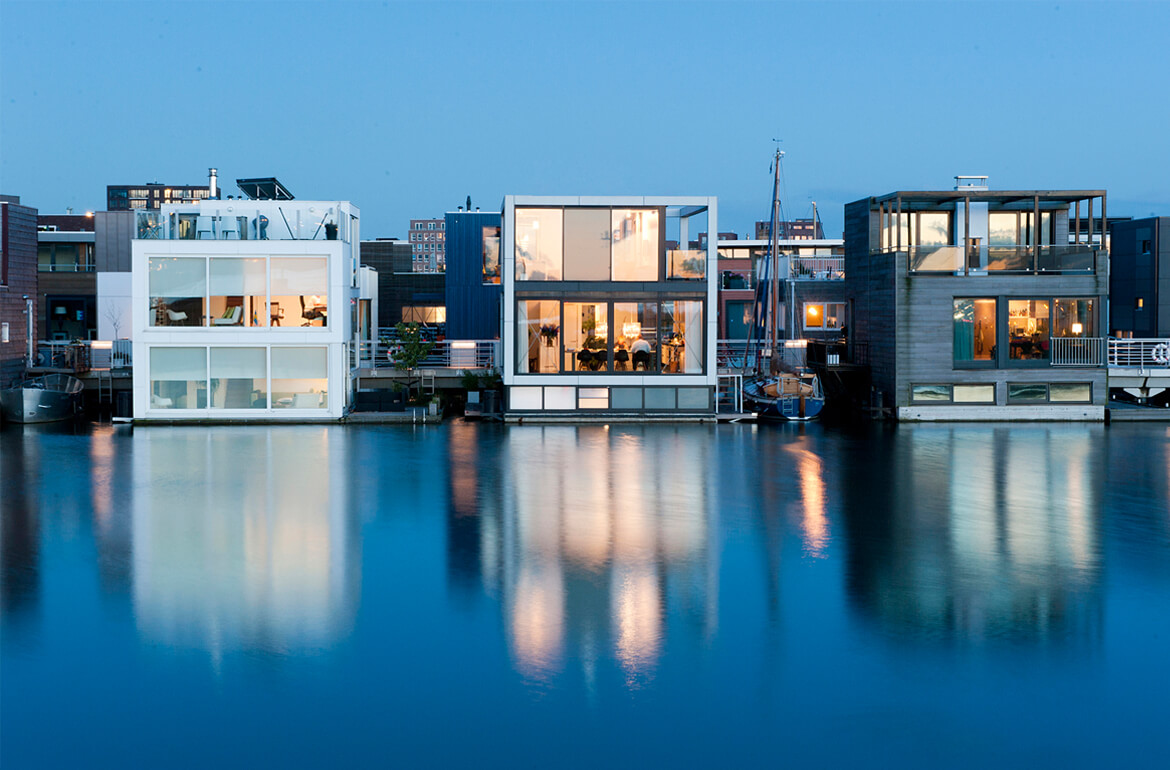
Water plays a vital role in shaping our built environment, as it has done for centuries. We depend on it, we use it, we live with it and we must respect it. Aquatecture is the first book to outline new ways of ‘designing for water,’ using examples from around the world to illustrate methods of utilizing water innovatively, efficiently and safely.
The first part of the book explores the historical relationship between water and architecture, examining how cities and civilisations have been drawn to water and have attempted to control it. The chapters go on to assess how this relationship has changed over time, and introduce readers to a range of brand new techniques that will revolutionise the way we think about water, design and urban planning. Solutions such as amphibious housing, wet-proof buildings, zero carbon development, rain gardens, flood storage and new methods of waterfront design are discussed and their effectiveness assessed.
Full colour illustrations and international case studies are used throughout the book to bring these new theories to life; practical, technical advice sits alongside truly ground-breaking and ambitious ideas for the future. This book is an ideal reference tool for all architects, urban designers, planners and sustainability experts who have an interest in creating a beautiful, sustainable, intelligent and pleasurable built environment on land, in water and with water.
